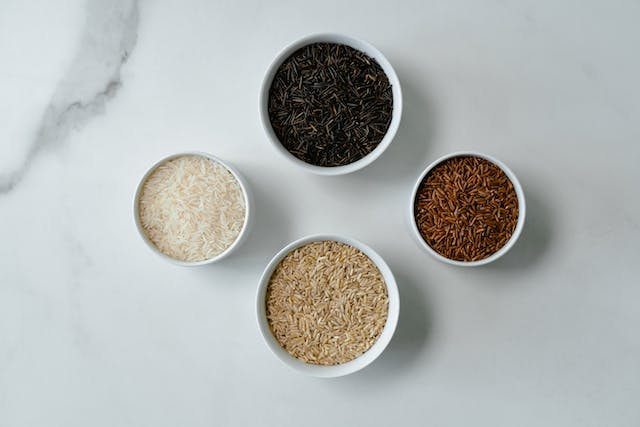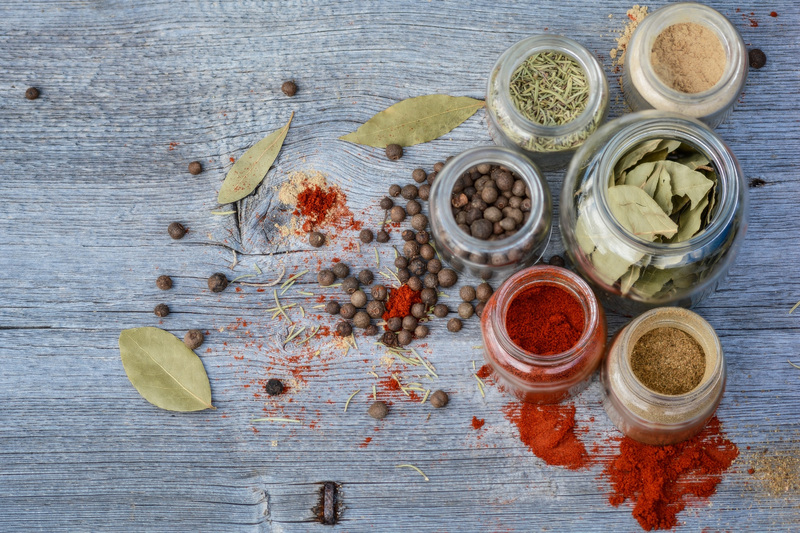Exploring the Culture within Thai Cuisine
The Story behind the Food
Renowned worldwide for its exquisite balance of sweet, sour, salty, bitter, and spicy notes, Thai cuisine is a sensory journey that reflects the country’s cultural heritage and geographical diversity. Rooted in a deep appreciation for fresh, locally sourced ingredients, Thai dishes showcase the skilful artistry of combining herbs like basil, cilantro, and lemongrass with spices such as chilli, ginger, and galangal.
Key Flavours
A customary Thai meal encompasses five primary tastes: salty, sweet, sour, bitter, and spicy. In fact, the majority of Thai culinary creations are deemed incomplete unless they successfully integrate all five flavours. Despite the potential spiciness that might challenge a foreign palate, Thai cuisine meticulously guarantees the harmonious presence of each taste, ensuring balance within dishes found in restaurants such as Age Restaurant Phuket.
Rice Importance
In Thai culinary traditions, few elements claim a more prominent role than rice. Ubiquitous in every meal, rice is held in high regard and treated with utmost respect, ensuring minimal waste. Thailand cultivates and serves a diverse array of rice varieties, with Jasmine standing out as the most favoured albeit pricey option amongst the more pricey Phuket restaurants as well.

Snacking Habits
Beyond regular meals, Thais are celebrated for their penchant for snacks. In Thailand, one can effortlessly grab a tasty yet affordable snack from roadside stalls or marketplaces. Well-liked snack options include spring rolls, chicken or beef satay, raw vegetables accompanied by a spicy dip, various soups, salads, and an assortment of sweets.
The Cultural Distinctions
Modern Thai cuisine, rooted in the 13th century, blends meats, seafood, rice, and local ingredients like garlic and pepper. Chinese influences introduced noodles and the pivotal steel wok. The fusion of Indian spices and neighboring countries’ influences has shaped Thai cooking into a rapidly growing and globally beloved culinary tradition.
Related posts
Archives
Categories
- Appetizers (54)
- Arab (50)
- Bars (61)
- Burmese (6)
- Café (46)
- Casual Dining (83)
- Chinese (37)
- Coffee House (43)
- Desserts (73)
- Destination Dining (448)
- Diner (64)
- Family Restaurants (123)
- Fast Food (111)
- Fine Dining (571)
- Food Facts (283)
- Healthy Food (164)
- Hong Kong (10)
- Indonesian (15)
- Italian (4)
- Japanese (18)
- Main Dishes (100)
- Maldivian (87)
- Miscellaneous (10)
- Miscellaneous Topics (402)
- Palate (81)
- Recipes (143)
- Restaurants (262)
- Sea Food (145)
- Singaporean (39)
- Sri Lankan (71)
- Steaks & Grill (98)
- Street Food Stalls (185)
- Thai (99)
- Types of Cuisines (179)
- Vegan (72)
- Vegetarian (18)
- Vegeterian (48)
- Vietnamese (22)
- Western (12)

